So how easily do soccer and dance relate…very easily if you ask me.
With the 2014 FIFA World Cup under way, there’s a lot talk and buzz about Soccer going on.
Soccer is a sport that competes on a national level with 250 million players across 200 countries, with a huge audience of around 3.3-3.5 billon fans. There is no wonder why Soccer gets the world talking.
While I’m by no means a sports buff, I still enjoy watching a good game (basketball, volleyball and soccer being my favorite sports) and appreciate sports for not only the great exercise it provides but a good show it can put on. And it is especially true with soccer. It’s a sport that has beautiful grace, speed and flair that relates all to well to dance.
In fact in my mind I feel soccer is the sport that relates the most to dance, no contest. Were going to get into the reasons why, but before that I’m going share some perspective and get you more on board with soccer relating to dance (if there’s any doubts). Watch this video:
Similarities Between Soccer and Dance
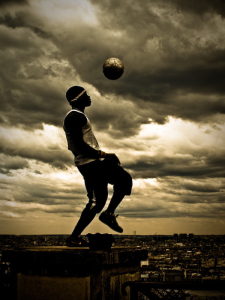
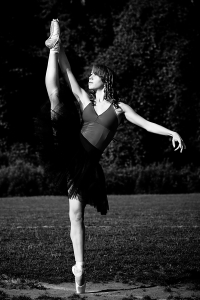
Now that we established a little perspective. Lets talks about the similarities between soccer and dace.
Foundation Of The Feet
The body’s foundation is the feet. With any kind of physical activity, you got to move those feet to get you where you need to go. You got to score that goal! Soccer and dance are physical activities that rely and use the feet tremendously. Yes dance’s foundation is at the feet. The arm, face, chest, fingers, hips, belly and shoulder are great but the feet is where dance rests at, the feet support the dance.
Dance by definition is movement and the feet take (move) us to where we want to go. Without feet we would stand still and at that point you’re really not dancing much. So be thankful for your trusty set of feet that allow you move about. And of course with soccer being a sport where a player is scoring mostly with their feet; you get a recipe for some heavy foot work.
Here is a quote from LStrumsky:
“Soccer is also a game that encompasses endurance, speed, agility, balance, footwork and power just like dance. Without these movements, soccer would be nothing. There is a lot more to soccer than just scoring a goal. The first thing an athlete will learn about soccer is the amount of footwork that it takes. Some of the first moves I learned were the foundation and ball touches. Foundation is when you hit the ball back and forth between the inside of your feet while trying to get a rhythm. Ball touches are when you are tapping the top of the ball with the bottom of your cleat repeatedly. These two skills incorporate the auditory theory. The auditory theory is demonstrated here because of the repeated pattern of tapping the ball and the rhythm that is created.”
The above quote also describes another great similarity which is rhythm. In order to control the ball across a huge field around dozens of opponents, a soccer player is going need a good grasp on rhythm, footwork and control. Control is something that dancers need to showcase the dance to their best ability allowing the dancer to control what body parts they want to move, how fast they want to move and how much energy they want in each movement. With soccer and dance, a person needs control, rhythm and footwork to make it work and it all starts with the feet.
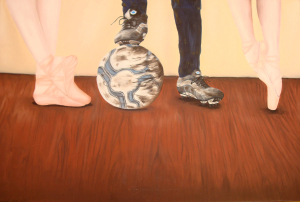
Endurance, Excitement & Stamina
Both soccer and dance need a huge amount of endurance and stamina from the body. They need the body not only to move about in big bursts but also in set amount of times. Amounts of time that ask a lot of the body; it’s something that soccer players and dancers quickly get used to. A person’s body needs the ability to handle the physical work.
If you ever watched soccer, you know that it’s a sport that is difficult to score in. No team is really ever blown out or a guaranteed a win from the offset. There is a huge field that soccer player have to run up and down (a lot) and many players. In order to get that elusive goal a soccer player needs not only good footwork but also the endurance to keep up the strong burst of speed to get past the defense and the stamina to keep up that speed so they can score that decisive goal.
Here is quote from Chris Anderson and David Sally that describes the beauty of scoring in soccer:
“One of the great misunderstandings about soccer is the belief that fans come to see goals. That was behind the change in the offside rule, the introduction of three points for a win, and the abolition of the back-pass—a misguided belief that all supporters want to see is the ball in the back of the net. But it is the rarity, the preciousness, of each and every goal that makes them mean so much. What we really want to see are matches in which every goal is essential and potentially decisive. With the leveling off of total goals and the continued decrease in goal difference, the industry of soccer has delivered its customers exactly that—tight, nail-biting matches in which no team is guaranteed a thrashing or is facing insurmountable odds.”
This describes the excitement and anticipation that soccer brings; dance also brings those qualities. An audience watching dance are immersed in the performance and stimulated by the fact that they don’t know what’s coming next, they’re not sure what move the dancer will do next or what emotions the piece will inspire out of them, and that’s exciting!
Crowd Pleaser
It’s pretty clear that soccer and dance gets people going. Now while dance of course doesn’t amass crowds as big as soccer (someday soon it will, just watch and see); they do both elicit similar emotions. When a soccer player scores a goal and a dancer hits a certain beat or switches up a groove at the right moment the crowd goes crazy.
With moments that gets people cheering and shouting, wonderful hysteria occurs. Soccer and dance are both performances and art forms that draw people in and give people a great experience.
Here is a quote again from LStrumsky:
“Although it is not a painting, it is more of a live work of art. Between the fluid movements of the ball and players as well as the interaction, it is visually stimulating for the audience. It allows the audience to feel a part of the game both mentally and emotionally. Same goes for dance. The audience is grasped by the movements and fluidity of the dancer. It connects the individual to the performance.”
And another one that also brings up another cool similarity between soccer and dance:
“The performing art is a combination of both visual and auditory art. Soccer is a performance just like dance. There are fluid movements, moves, interaction between players, set pieces and power. All of these help to make soccer what it is. Fast, fluid movements are used in both dance and soccer. In soccer, the movements with the ball are just as important as movements without the ball. One form is called “dancing” with the ball. This is when the defender is trying to steal the ball from an offensive player. The offensive player is repeatedly making moves with the ball while the defender quickly moves their feet in reaction to the ball. This can be demonstrated in dance when moves are made in reaction to the other dancer.”
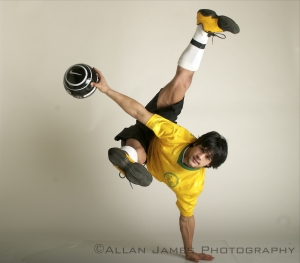
Get On The Good Foot
I want to leave you with two videos, one that shows soccer in another dance eccentric mode and one that shows soccer in its natural form showing some of the footwork or “dance moves” if you will of soccer.
In the words of James Brown: “Get On The Good Foot”; whether you’re on the field, on the stage or on the grind.
Move & inspire,
Alex Gomes
So do you agree or have any other similarities between soccer and dance you can point out…what team are you rooting for in the 2014 Fifa World Cup? Let us know in the comments section. Be interested to hear from you.
Sources for this post:
Chris Anderson & David Sally
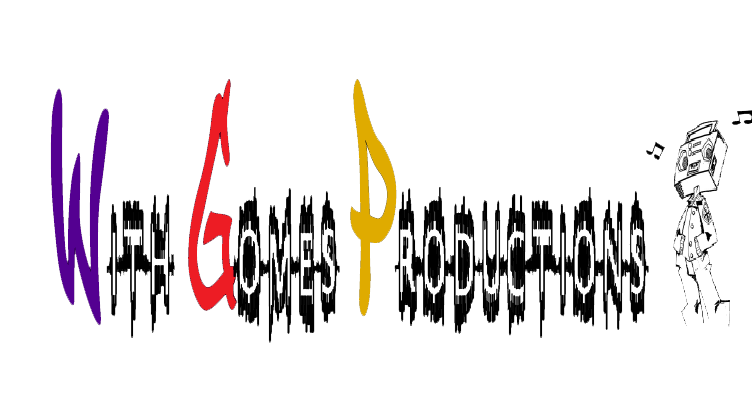
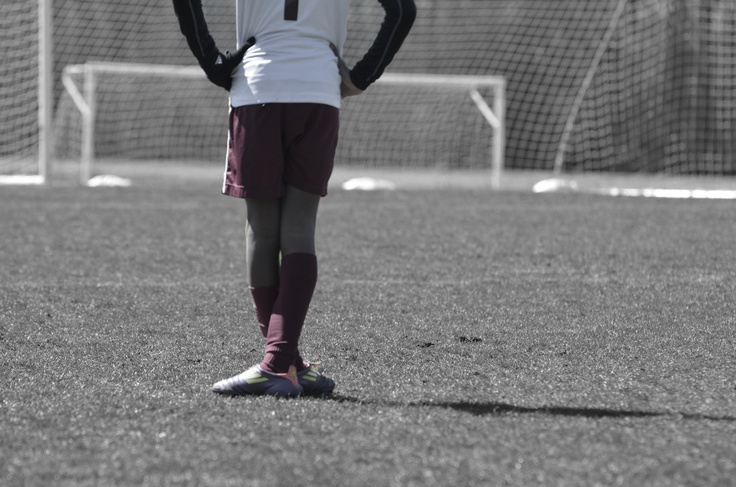
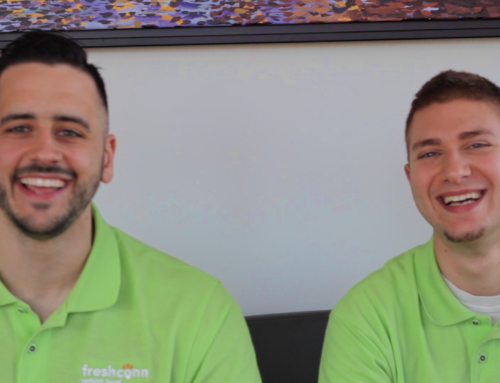
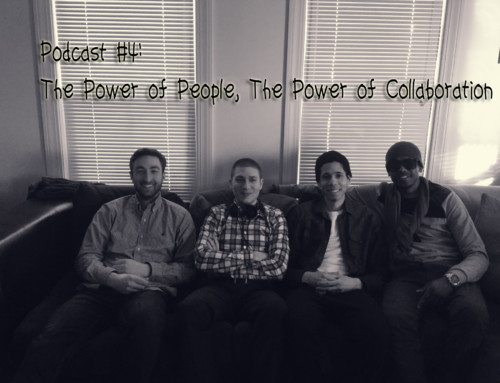
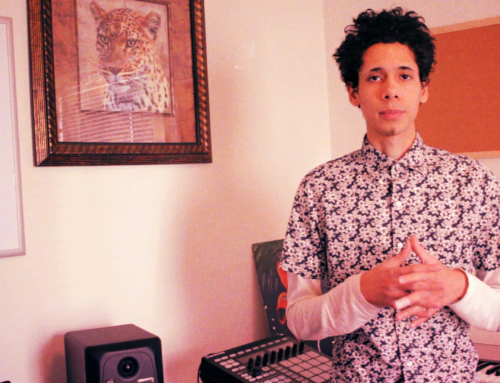
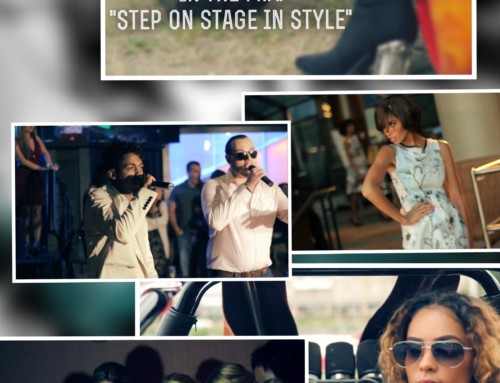
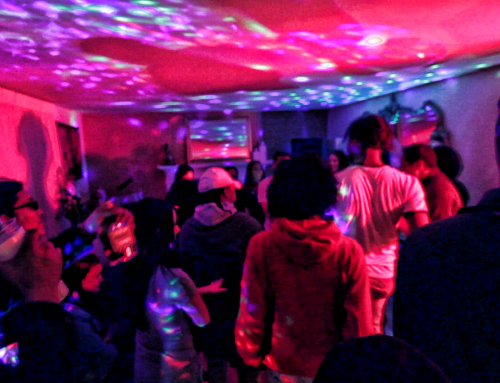
Leave A Comment